When visiting Hanoi, one of the must-see sights on my list was the Ho Chi Minh Mausoleum. Ho Chi Minh was the president of Vietnam who helped liberate the Vietnamese from French colonization. He also helped lead the country to victory in the war against the US. Ho Chi Minh never married and so claimed all citizens of Vietnam as his children. Today, he is affectionately referred to as “Uncle Ho.”
I’ve never seen an embalmed body before. Let alone, the embalmed body of such a significant leader of a country. I knew visiting this mausoleum would be an interesting experience, and I definitely wanted to see it. However, it’s only open for a small window of time in the morning five days per week. You have to plan for the visit well if you want to see it.
Ho Chi Minh Mausoleum is located in a complex that also contains the Ho Chi Minh Museum and the Ho Chi Minh Stilt House. You can combine your visit with one or both of these other sites. It is important to note that visiting the Ho Chi Minh Mausoleum is free, but the museum and stilt house cost 40K VND each to enter. The museum details the history of Ho Chi Minh’s life and influence on Vietnam and the world, Vietnamese history, and the Vietnam/American War. Ho Chi Minh Stilt House allows you to visit the former residence and gardens of Ho Chi Minh.
We chose to visit the mausoleum and museum. But if you have more time, I’d consider visiting all three. This was my experience visiting the Ho Chi Minh Mausoleum and Museum.
Finding the Complex
The complex that holds the Ho Chi Minh Mausoleum, Stilt House and Museum is open from 5 a.m. to midnight every day. However, the Mausoleum itself is only open for a few hours each morning. Google Maps claims it’s open from 7 a.m. to 5 p.m. Tuesday-Thursday and Saturday-Sunday. However, various internet forums like Trip Advisor say it’s only open from 7 to 10:30 a.m. We entered the Mausoleum around 10:25 a.m., and there was still a line of people behind us waiting to enter.
Google Maps is hard to trust in Vietnam, so I’d recommend trying to arrive at the mausoleum before 10:30 a.m. to make sure you’re able to enter.
We arrived at the complex around 10 a.m., marveling at its size and grandeur. The grounds are huge and fenced off from the public. The mausoleum itself is in the middle of the grounds and prominently raised for everyone to see even from afar. It is surrounded by alternating flags of Vietnam and the communist hammer and sickle.
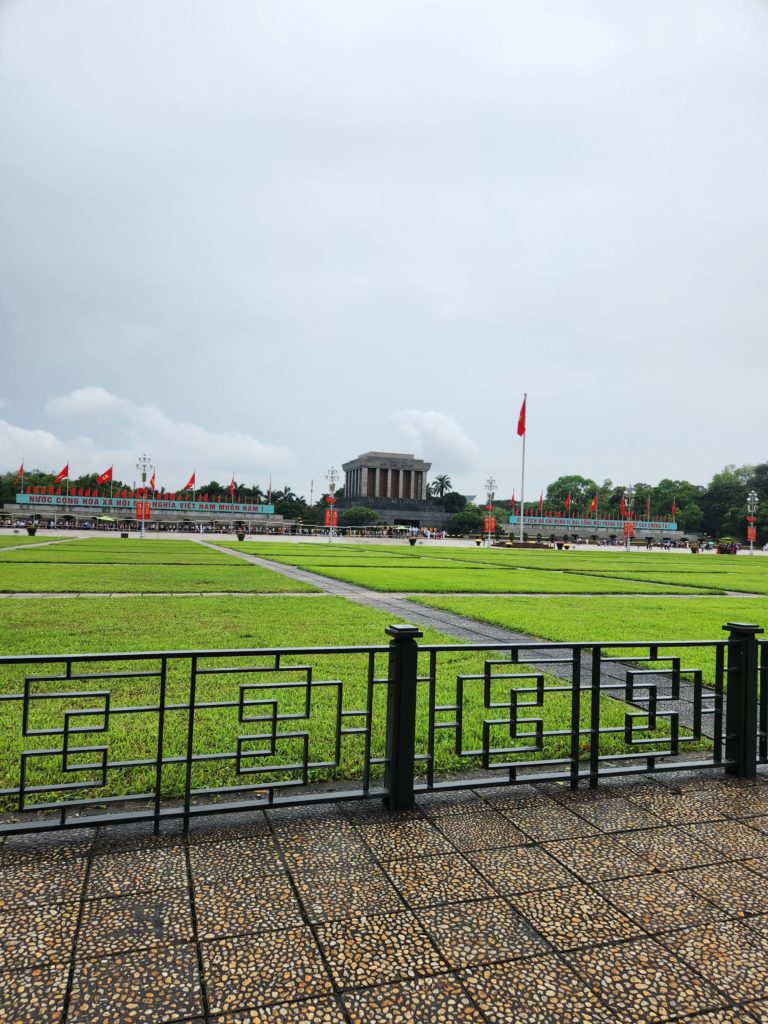
The place Google Maps initially led us to wasn’t actually an entrance, so we started walking around the complex. We saw a guard and some people who looked like they were lining up to enter. The complex has a dress code of covering your legs and shoulders. I’d packed some loose cotton pants in the daypack to go over my shorts and a jacket to adhere to it. I stopped to put them on, then got in what I thought was the line. When I got to the front of the line, the guard said something to me in Vietnamese and pointed.
We thought he said the entrance was around the corner, but we weren’t sure.
Luckily, someone who spoke both Vietnamese and English had just gotten the same treatment and confirmed that we needed to keep walking to the main entrance.
When we finally found the official entrance, we felt silly for thinking the other spot was the entrance. It had multiple guards, lines and security screening points. We weren’t allowed to take our water bottles inside, so we were given a bag to store them in and pointed towards a counter. We handed the bag to the woman behind the counter who gave us a ticket to retrieve it after our visit, then got in line for the mausoleum.
(Note: If you have a camera, you will have to store it at a separate counter. There are signs pointing to the counters to store camera equipment.)
Entering the Mausoleum
The line was long, and it was already past 10, so I wasn’t sure if we would get into the mausoleum. I think it might have been busier than usual due to Reunification Day, but I’m not sure. Everyone lined up under a covered walkway with plenty of fans. I definitely appreciated the coverage because it was hot and humid but also lightly raining. While we waited, they played what I assumed was patriotic music and displayed videos of Ho Chi Minh during his lifetime on a large screen in the middle of the complex.
The line moved fairly quickly, and we were at the front right before 10:30. As we got closer to the Mausoleum, there were signs saying no smartphones. No one is allowed to film or photograph in this area.
There were guards stationed outside and throughout the mausoleum to ensure proper conduct and keep the line moving. Those outside kept too many people from entering at one time. The guards inside made sure no one paused too long inside the mausoleum.
We walked into the mausoleum in a single file line and welcomed the cool air conditioning that immediately hit our faces. After ascending some stairs and passing more guards, we entered the viewing area for Ho Chi Minh’s body. Everyone kept moving in a single file line and walked in a wide circle around his body. It wasn’t possible to pause to observe for any amount of time. There was also an area where kids were allowed to walk for a closer look.
Seeing the body was an interesting experience. It looked like he was just resting in a glass box, with perfectly manicured hair and unwrinkled clothes. There are many questions about whether it’s truly him, Vietnamese and Russian scientists verified.
Visiting Ho Chi Minh Museum
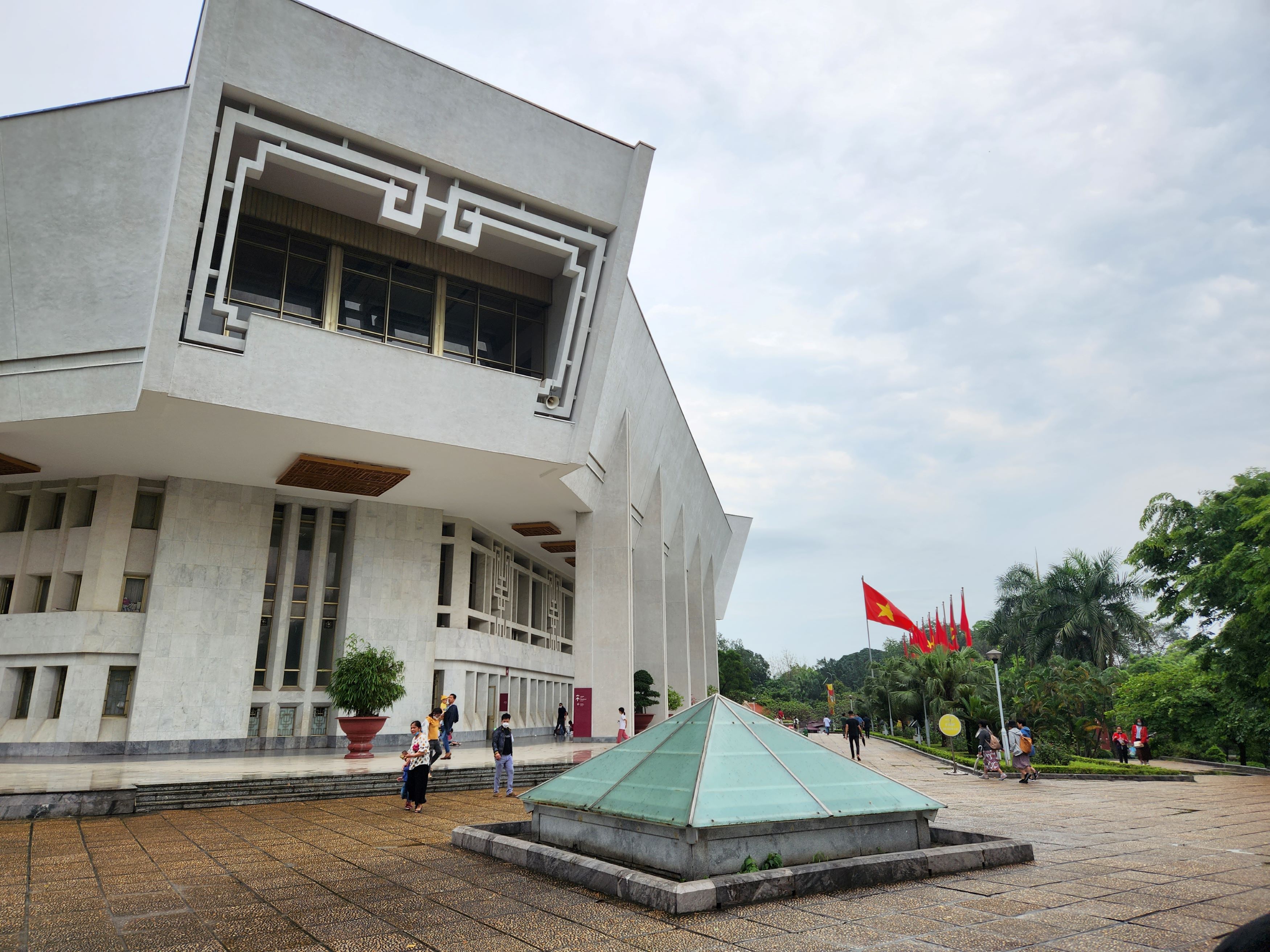
After exiting the Mausoleum, we had to decide if we also wanted to see the Ho Chi Minh Stilt House or Museum or both. Because it was already late morning, we decided to choose just one. We thought we would learn more from the museum than the Stilt House, so we found our way to the museum entrance.
The Mausoleum was free, but the museum cost 40K Vietnamese Dong (VND) per person (~$1.50 USD). As soon as we walked in, a young man approached us and offered to be our tour guide. Having heard about how many scams there are in Vietnam, I was immediately wary. I asked him how much, and he said it was free unless we wanted to tip at the end. He was wearing a lanyard with a document stamped with the seal from the official tourism board of Vietnam, so I decided to trust him and take his tour.
There are two main exhibits on the first floor of the museum. The first exhibit showcases gifts Ho Chi Minh gave and received to/from leaders around the world. Here, we learned more about the impact he had on history and why he was so revered. The other exhibit was about the American/Vietnam War. Interestingly, this was the only exhibit in the museum that didn’t include English translations.
As you enter the second floor of the museum, a huge statue of Ho Chi Minh greets you. Families lined up and posed for pictures with this giant statue. The exhibits on this floor show details about Ho Chi Minh’s life before and after he became a prominent political figure. It also showcased abstract interpretations of evils of political ideologies like fascism, as well as artifacts from the war.
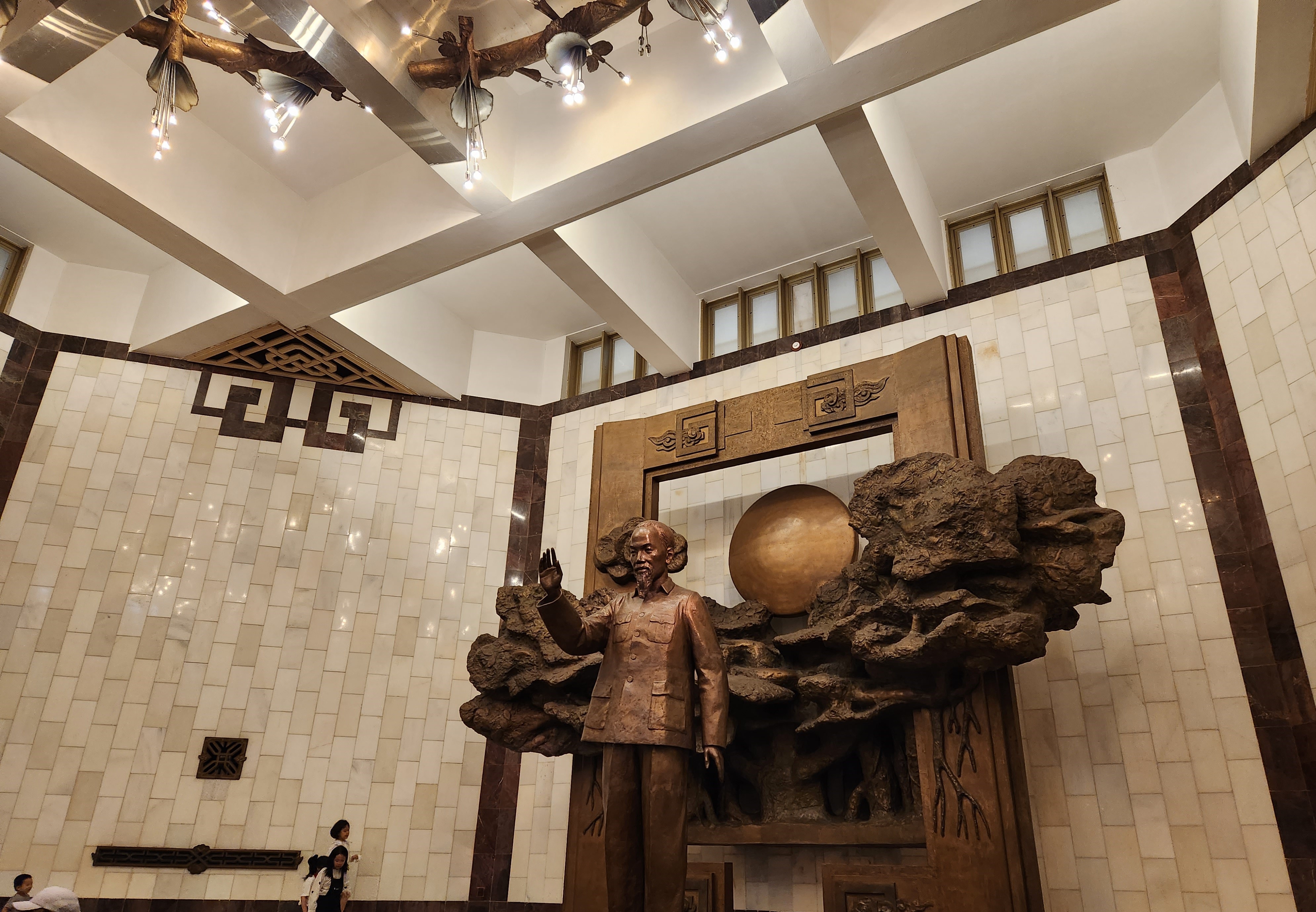
Our tour of the second floor was unfortunately cut short.
It turned out the museum closed around lunchtime. Guards came through and started ushering everyone towards the exit. In retrospect, I wish we’d spent less time on the first floor and more time on the second floor.
We ended up spending about 1.5 hours in the Ho Chi Minh Museum, but I’d recommend setting aside 2-2.5 hours, and making sure to avoid running into the lunchtime closure.
More tips:
Getting to the complex:
There are a few ways to get around in Hanoi.
- Walking: If you’re staying in the Old Quarter of Hanoi, it’s possible to walk to the museum. Depending on where you’re staying, it might be between a 5-25 minute walk.
- Bus: If staying outside the Old Quarter, the bus might be a good budget option. It costs between 7K – 15K VND and can be a good way to travel between neighborhoods in Hanoi.
- Grab: Grab is Vietnam’s ride share service similar to Uber or Lyft. You can download an app on your phone to call rides and pay in cash or card. You can order a Grab car or Motorbike!
- Taxi: You can also take an official taxi, but make sure to agree on a price up front to try to avoid scams.
- Motorbike: Plenty of tourists rent or buy motorbikes to get around Vietnam. Note that international drivers licenses are not legally recognized in Vietnam.
For more information about visiting Hanoi in general, read my post on spending half a week in the city.
Planning a trip to Vietnam? Read about my two-week itinerary in the country.
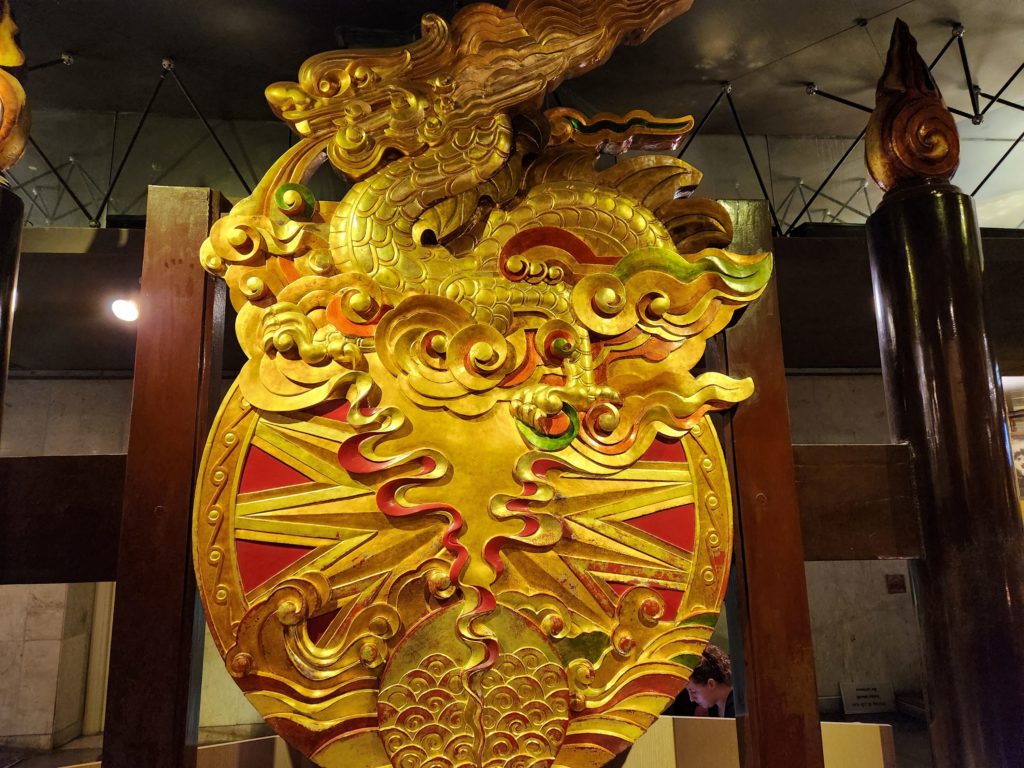

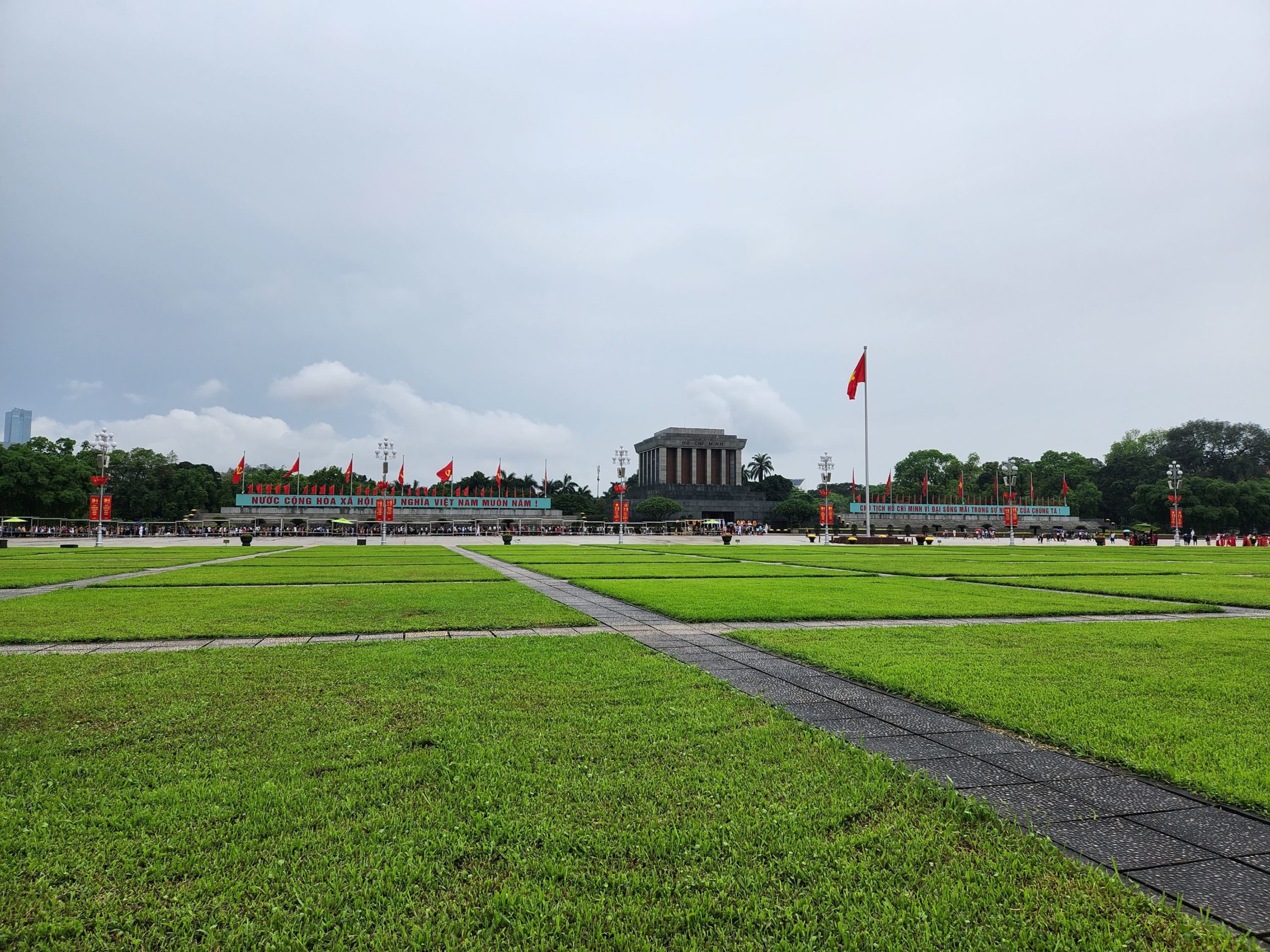
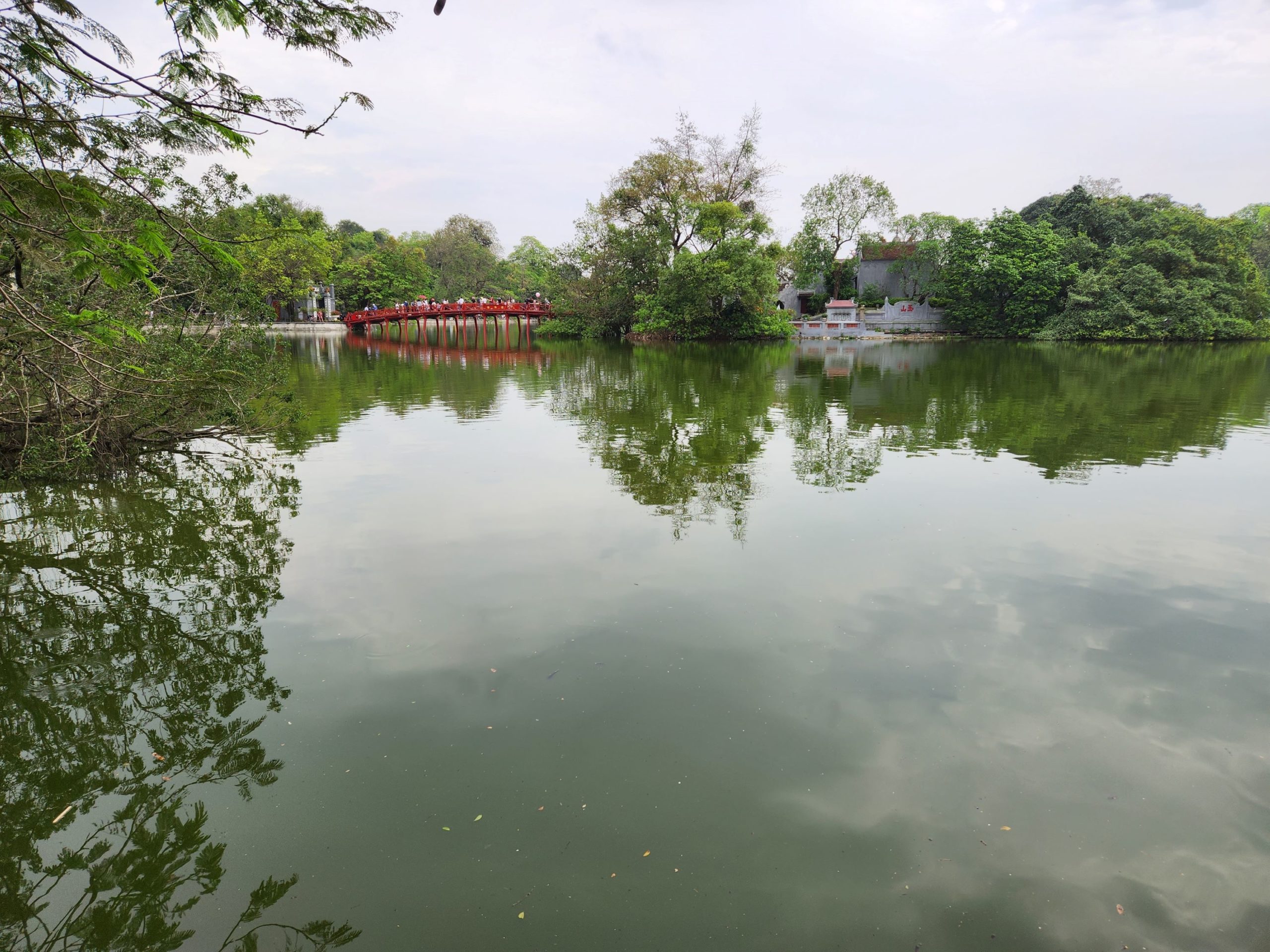
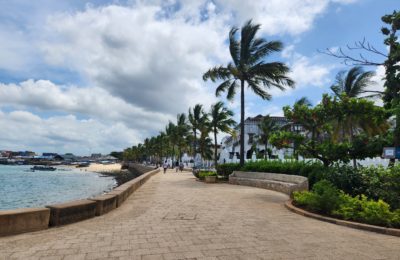
2 thoughts on “Ho Chi Minh Mausoleum and Museum: Guide to Visiting on of Hanoi’s Most Popular Sites”